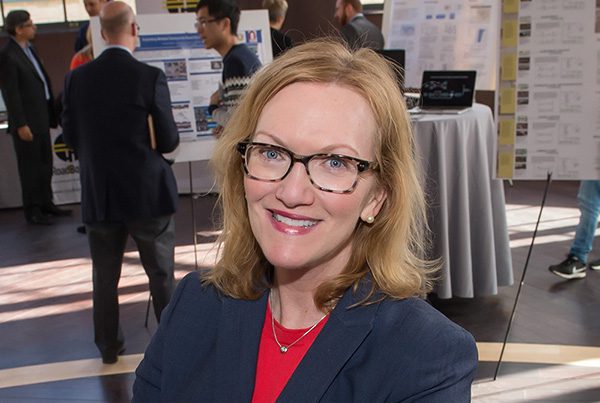Redefining the “Smart” in Smart Cities
The term “smart cities” has a certain aura – it promises to solve the problems urban areas face using technologies like artificial intelligence (AI), machine learning, robotics, digital cameras and sensor networks. The potential of smart city solutions is seemingly limitless – the market opportunity (estimated at $741.6 Billion in 2020) is boundless, and there are many problems to be solved. In its simplest definition, a smart city is one that uses data gathered through its operations to improve the efficiency and effectiveness of those same operations. But for a city to truly be smart, it needs to go beyond data and technology and focus on addressing the root causes of inequities and improving quality of life for all its residents. And that, my friend, is hard work.

Today, the smart cities movement is primarily focused on applications related to traffic and mobility or safety and security. Sometimes smart city technology is a cute personal delivery robot that delivers packages to doorsteps. More often, however, it is like Carnegie Mellon University (CMU) spinout Rapidflow’s Surtrac. Surtrac is a machine learning algorithm that guides an autonomous network of sensors and cameras in real-time to help manage traffic, reduce travel time by 25%, reduce idle times by 40% and reduce greenhouse gas emissions by 20%. During the COVID-19 pandemic, Metro21 collaborated with numerous non-profit and municipal partners to enable Rapidflow’s founder, Professor Stephen Smith, and his team to develop a similar AI algorithm to optimize the delivery of more than 100,000 meals to families in need in Penn Hills, McKeesport and McKees Rocks. While this might not fit the traditional definition of a “smart city” project, it is a perfect example of how to deploy technology to equitably solve real-world problems, which is the core of our work at Metro21: Smart Cities Institute.
When it comes to safety and security applications, smart cities technology has been criticized for its role in perpetuating bias – implicit or explicit – and institutional racism. Facial recognition software has come under fire for exacerbating mistrust in communities of color. Several cities, including Minneapolis, San Francisco, New Orleans and Boston, have banned government use of facial recognition software over concerns of bias and privacy. This fall, in collaboration with CMU’s Heinz College and Traffic21 Institute, Metro21 convened a three-part series featuring national and local experts and advocates to shed light on the issue of justice and smart cities technology. What we learned is that cities are complicated; there is no “one size fits all” solution when it comes to deployment of smart cities technology; and it is critical that deployments are done in a transparent, iterative, and collaborative way to build trust in communities.
In collaboration with its 70+ municipal and equity partners, Metro21 has deployed more than 60 pilot projects throughout the Pittsburgh region to better understand the intended, and often unintended, consequences of technology implementation. Sometimes we help spin out companies and learn that technology alone cannot solve the real-world problem because the cost of deployment far outweighs the benefits.
Therefore, the recently signed $1T Infrastructure Investment and Jobs Act is critically important for the equitable, inclusive, and sustainable deployment of smart cities technology by focusing on solving real-world problems that are often complicated, messy, and unattractive. The $65B broadband investment that is part of the infrastructure bill has the potential to enable the equitable deployment of smart cities technology in areas that previously could not have imagined such opportunity. Broadband is a form of mobility that can enable people to access economic mobility; it has become a basic human right, like access to water and electricity. With the promise of investment from the private and public sectors, we can further ensure that all of our region’s residents have access to reliable, affordable, adequate broadband. It will be critical for our region to advocate and fight for broadband investments that will help spawn more economic development and innovation for all residents – urban, suburban and rural alike. Addressing the serious inequities in broadband access across our region will be the first step in allowing us to address the root causes of inequities and improve our region’s quality of life.
We can redefine the “smart” in smart cities – by enabling communities to be connected, equitable, and sustainable.